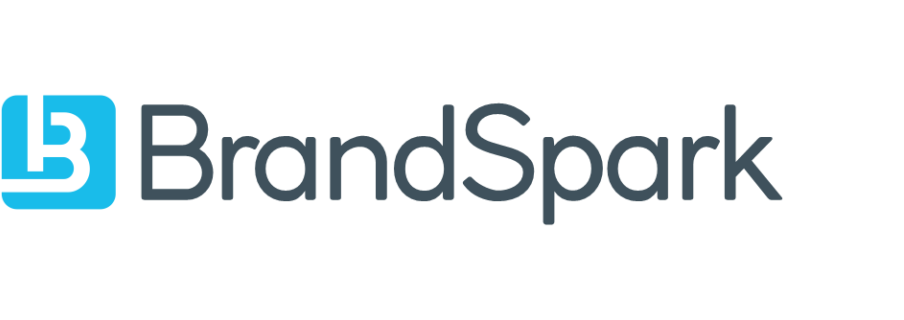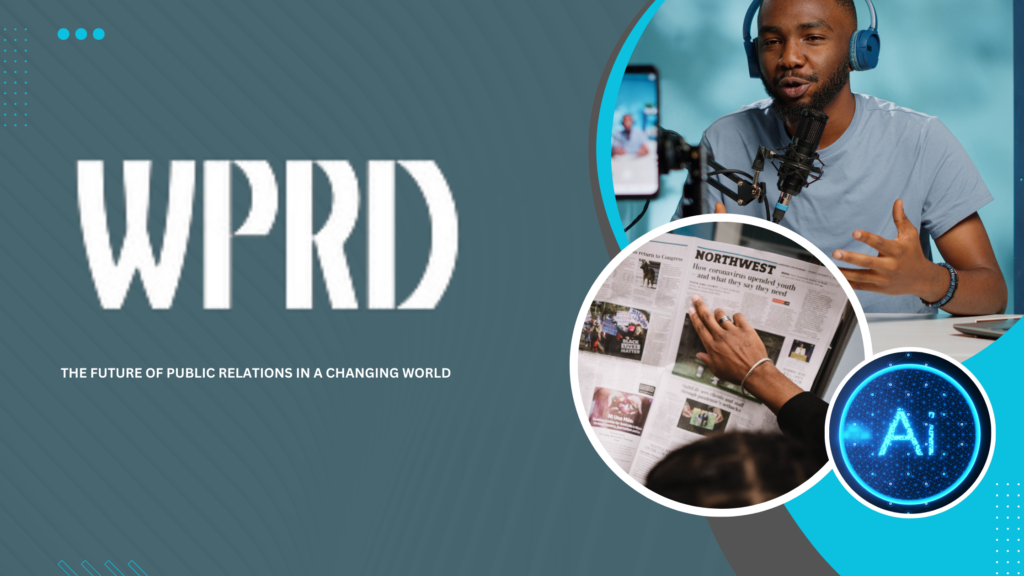This seems like a question for the beginning of the year, but 16 July is World PR Day, WPRD, so what better time to ask? The 2024 theme for WPRD is “The Future of Public Relations in a Changing World” and we cannot look into the future without looking at the past. So, my response to the self-posed question is “Unrestrained but still misunderstood.”
Public relations (PR) is unrestrained because the practitioner now wields more power than Ivy Ledbetter Lee, the father of modern public relations, could have imagined when he issued the first press release in 1904, but misunderstood because many organisations are still limiting the scope of the profession to media relations.
While digital media democratises access to consumers, generative artificial intelligence (AI) tools are democratising content creation. From Canva to Microsoft Copilot and ChatGPT, PR practitioners can generate ideas and create content by simply typing a prompt. Does this mean we no longer need professional writers, graphic designers or photographers? No. It means that if you cannot afford them as a small business owner, you can start with the free and inexpensive options to build your brand visibility until you can afford to pay professionals.
Public relations is about building stakeholder relationships and brand reputation using communication, and in 2024, communication can be achieved not just using the conventional media namely; press, radio and television. It can be achieved by applying the PESO Model.
PESO is an acronym for paid, earned, shared and owned media, and Gini Dietrich, the creator of this model has explained that PESO seemed the most appropriate acronym but states, “I often say that if I were to order the PESO Model in media type importance, it would go OSEP or OESP.”
“You rarely start a PESO Model program with paid media. You almost always begin it with owned. You need owned media to have something to share on social media, gain credibility with earned media, and amplify with paid media,” she adds.
Ingraining the PESO Model into your PR strategy enables you to create written, audio or visual content that lives on media you own and control such as websites, blogs or podcasts. The content can be shared on social networks to create brand visibility, ultimately translating to media coverage.
The PESO Model also enables the integration of media with other PR tactics such as events. Locally, we are seeing this play out more and more. From Hilda Baci’s Cook-a-thon to Tunde Onakoya’s 58-Hour Chess Marathon in New York, and Pelumi Nubi’s solo road trip from London to Lagos.
As a business owner, you could argue that this strategy may not apply to you as the examples above are of younger, social-media-savvy people. That is debatable. Tony O. Elumelu CFR, chairman of Heirs Holdings and founder of The Tony Elumelu Foundation, is adept at using owned and shared media. Mr Elumelu had 2 million followers on LinkedIn and Instagram, respectively, at the time of writing this. He also writes on a blog and continues to rely on print, radio and television to tell the stories of his businesses and philanthropic activities.
Another Nigerian entrepreneur who uses social media well is Femi Otedola CON. The naming of his handle @F.Ote$ speaks volumes and he goes viral for having gelato with his daughter in Italy as much as his acquisition of First Bank shares. Internationally, the examples are too numerous to mention but we’ve chosen Elon Musk because he used Twitter so well that when he disclosed his intention to acquire Twitter, it seemed logical. Musk who currently has 189 million followers on X and reportedly “said no to a new Tesla PR department,” does PR for Tesla every time he posts about Tesla. Because of his prominence, his posts make news headlines.
This is what public relations looks like in 2024. Not having a community is almost non-negotiable, and the trick to building an online community is authenticity.
Back in the day, media relations was the strongest tool in the practitioner’s toolbox. Today, the toolbox includes social media, blogs, sponsored content, influencer relations or partnerships, and much more. Now, the only limitation to telling your story is creativity. If media decline to tell your story for not satisfying their newsworthiness criteria including impact, prominence, proximity, conflict, timeliness, novelty or simply because your content is considered promotional, owned and shared media are a fallback.
With public relations in 2024, it is possible to run a communications campaign wholly on owned and shared media, or at least start with them to grab the attention of mainstream media, leading to news coverage. News also breaks faster and spreads wider compared to ten years ago. Imagine if David Adeleke, popularly known as Davido, Sharon Ooja and Moses Bliss got married in 2014? Nigerians would have had to wait for one month to savour the splendour of the weddings on the pages of Ovation Magazine. However, Bellanaija Weddings provided an up-to-the-minute coverage of these events. Does this mean that media relations is no longer a skill to be coveted by public relations practitioners?
Of course not. Mainstream media enables you to gain credibility. Additionally, mainstream media continues to evolve. Most now have online news sites that deliver wide reach. There is also the issue of authority. Wikipedia, for instance, curates information from mainstream media in creating profiles for people and organisations.
However, the argument is that, rather than not getting any publicity because you have been unable to secure a story with a publication, use the free resources available. Ensure that your organisation’s website has a press office. Publish press releases with high-quality images on your website and optimise them for search using relevant keywords.
Until the media redefines the criteria for newsworthiness, or you become like Elumelu, Otedola or Musk whose sneeze can make headlines, use owned and shared media. Also, complement them with paid media to boost the content to achieve the desired goal.
If we’re to go by the evolution of public relations in the last decade, then the future of public relations in a changing world is exciting.


